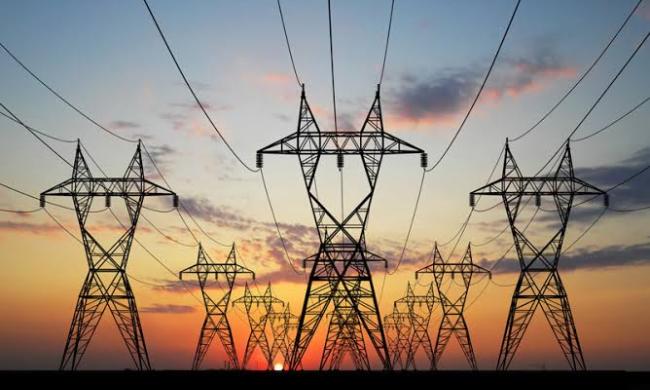
According to recent data from the Nigerian Electricity Regulatory Commission, the country experienced a decline in power generation during the second quarter of 2024.
In the first quarter, Nigeria generated 8,887.93 GWh of electricity, but this figure dropped to 8,776.55 GWh in the following quarter. Additionally, the average generation capacity decreased by 224.29 MW, falling from 4,294.10 MW in the first quarter to 4,069.81 MW.
The average hourly generation also saw a significant decline, decreasing by 387.56 MWh/h compared to the 4,069.57 MWh/h recorded in the first quarter. The report highlighted a 9.52% drop in both total and hourly generation among grid-connected power plants, excluding Zungeru, when comparing the two quarters.
Specifically, hourly generation plummeted from 4,069.57 MWh/h in the first quarter to 3,682.02 MWh/h in the second quarter, while total generation fell by 846.43 GWh, from 8,887.93 GWh to 8,041.50 GWh.
This decline in electricity generation can be largely attributed to reduced capacity across various power plants during the quarter. The most significant drops in average hourly generation were noted at Olorunsogo NIPP (-78.72%), Dadin Owa Hydro (-75.12%), Afam IV-V (-61.12%), Geregu (-36.58%), and Shiroro (-36.34%).
Other plants, including Kainji (-31.82%), Afam VI (-17.40%), Delta GS (-2.98%), and Azura IPP (-0.41%), also experienced reduced generation in the second quarter compared to the first.
Nigeria continues to face ongoing challenges in its electricity sector, resulting in inconsistent power supply across the nation and a heavy dependence on generators.
For more updates, join our WhatsApp channel: WhatsApp Channel